What Is the Best Way to Use Raw Wheat Grass Juice Powder?
Raw wheat grass juice powder has gained immense popularity in recent years as a potent superfood supplement. Packed with essential nutrients, vitamins, minerals, and antioxidants, this green powder offers a convenient way to boost your daily nutrition intake. But with its rising popularity comes the question: What is the best way to use raw wheat grass juice powder? This versatile supplement can be incorporated into your diet in various ways, each offering unique benefits. Whether you're a health enthusiast looking to optimize your wellness routine or someone new to the world of superfoods, understanding the optimal methods of consuming raw wheat grass juice powder can help you make the most of its nutritional prowess. In this comprehensive guide, we'll explore the most effective ways to use this powerful green supplement, delve into its numerous health benefits, and provide practical tips to seamlessly integrate it into your daily life.
How Can Raw Wheat Grass Juice Powder Be Incorporated into Smoothies and Beverages?
Blending with Fruit Smoothies
One of the most popular and delicious ways to consume raw wheat grass juice powder is by incorporating it into fruit smoothies. This method not only masks the strong taste of wheat grass but also creates a nutrient-dense drink that's both refreshing and energizing. To create a perfect blend, start with your favorite fruits like bananas, berries, or mangoes, and add a teaspoon of raw wheat grass juice powder. The natural sweetness of the fruits complements the earthy flavor of the wheat grass, resulting in a balanced and enjoyable drink. For added nutrition, you can include other superfoods like chia seeds or flax seeds. Remember, the key is to start with a small amount of wheat grass powder and gradually increase it as you become accustomed to the taste.
Mixing with Water or Juice
For those who prefer a simpler approach, mixing raw wheat grass juice powder with water or fresh juice is an excellent option. This method allows for quick and easy consumption, making it ideal for busy mornings or as a mid-day energy boost. To prepare, simply add a teaspoon of the powder to a glass of water or your favorite juice and stir well. If you're using water, you might want to add a squeeze of lemon to enhance the flavor and increase nutrient absorption. When mixing with juice, opt for low-sugar options like green apple or cucumber juice to maintain the health benefits. This straightforward method ensures you get all the nutritional benefits of raw wheat grass juice powder without any fuss.
Adding to Hot Beverages
Incorporating raw wheat grass juice powder into hot beverages is another effective way to consume this superfood. While it might seem unconventional, adding a small amount to your morning coffee or tea can provide a nutritional boost without significantly altering the taste. Start by stirring a quarter to half a teaspoon of the powder into your hot drink. The heat helps to dissolve the powder more effectively, ensuring a smooth consistency. For a more robust option, consider creating a wheat grass latte by blending the powder with warm plant-based milk and a touch of honey or maple syrup for sweetness. This method is particularly beneficial during colder months when you might crave something warm and comforting while still maintaining your health goals.
What Are the Best Ways to Use Raw Wheat Grass Juice Powder in Food Recipes?
Incorporating into Baked Goods
Adding raw wheat grass juice powder to baked goods is an innovative way to boost their nutritional value while maintaining delicious flavors. When baking, you can incorporate the powder into recipes for muffins, bread, or energy bars. Start by substituting a small portion of the flour in your recipe with wheat grass powder. For instance, in a recipe that calls for 2 cups of flour, you could use 1 3/4 cups of flour and 1/4 cup of wheat grass powder. This not only adds a nutritional punch but also gives your baked goods a subtle green hue, making them visually appealing. The earthy flavor of the wheat grass complements well with ingredients like bananas, nuts, and chocolate, creating unique and healthy treats.
Using in Salad Dressings and Sauces
Raw wheat grass juice powder can be an excellent addition to homemade salad dressings and sauces, providing both nutritional benefits and a vibrant green color. To create a nutrient-rich dressing, mix the powder with olive oil, lemon juice, and your favorite herbs. This not only enhances the flavor profile of your salads but also increases their nutritional value significantly. For sauces, you can blend the powder into pesto, hummus, or even guacamole. The key is to start with a small amount and adjust according to taste. Remember that a little goes a long way, and the powder's strong flavor can complement or enhance other ingredients when used judiciously.
Adding to Soups and Broths
Incorporating raw wheat grass juice powder into soups and broths is an excellent way to boost their nutritional content without significantly altering their taste. This method is particularly useful for those who find the taste of wheat grass challenging on its own. To use, simply stir a teaspoon of the powder into your soup or broth just before serving. It works well in vegetable soups, bone broths, or even miso soup. The heat from the soup helps to distribute the powder evenly, ensuring you get all its benefits in every spoonful. This method is not only easy but also allows you to consume wheat grass juice powder in a comforting and warming way, especially beneficial during colder seasons or when you're feeling under the weather.
How Can Raw Wheat Grass Juice Powder Be Used for Skin and Hair Care?
Creating Face Masks
Raw wheat grass juice powder can be a powerful ingredient in homemade face masks, offering numerous benefits for skin health. Its high chlorophyll content and antioxidant properties make it excellent for detoxifying and rejuvenating the skin. To create a simple yet effective face mask, mix a teaspoon of raw wheat grass juice powder with a tablespoon of honey or yogurt. Apply this mixture to your face and leave it on for 15-20 minutes before rinsing off with warm water. This mask can help to cleanse pores, reduce inflammation, and give your skin a natural glow. For added benefits, you can also include other natural ingredients like aloe vera or avocado, which complement the properties of wheat grass powder.
Mixing with Hair Treatments
Incorporating raw wheat grass juice powder into your hair care routine can promote healthier, stronger hair. The high nutrient content of wheat grass, including vitamins A, C, and E, as well as minerals like iron and magnesium, can nourish the scalp and hair follicles. To use, mix a teaspoon of the powder with your regular conditioner or create a hair mask by combining it with coconut oil or aloe vera gel. Apply this mixture to your scalp and hair, leave it on for 30 minutes to an hour, then rinse thoroughly. This treatment can help improve hair growth, reduce dandruff, and add shine to your locks. Regular use of wheat grass in your hair care regimen can lead to noticeable improvements in hair health and appearance.
Adding to Bath Soaks
Using raw wheat grass juice powder in bath soaks is an excellent way to harness its detoxifying and nourishing properties for full-body skin care. To create a rejuvenating bath soak, add 2-3 tablespoons of the powder to warm bathwater. The chlorophyll in wheat grass can help to cleanse and detoxify the skin, while its nutrient-rich composition provides nourishment. For an enhanced experience, you can combine the wheat grass powder with Epsom salts or essential oils. This not only creates a luxurious spa-like experience but also allows your skin to absorb the beneficial properties of wheat grass through a relaxing soak. Regular use of wheat grass in your bath routine can lead to softer, more radiant skin and can also help in reducing minor skin irritations.
Conclusion
Raw wheat grass juice powder is a versatile and potent superfood that can be easily incorporated into various aspects of daily life. From blending into smoothies and adding to recipes, to using in skincare routines, the possibilities are numerous. By exploring different methods of consumption and application, you can find the best way that suits your lifestyle and preferences. Remember to start with small amounts and gradually increase as you become accustomed to its taste and effects. With its rich nutritional profile and wide-ranging benefits, raw wheat grass juice powder is an excellent addition to any health-conscious individual's routine.
Shaanxi Fairir Biotech Co., Ltd. is proud to be a leading manufacturer and supplier of high-quality plant extracts, including raw wheat grass juice powder. As a Verified Supplier on Alibaba International, we are committed to delivering innovative, sustainable, and effective solutions to meet the evolving needs of various industries. Our state-of-the-art extraction technologies and stringent quality control measures ensure that our products, including raw wheat grass juice powder, meet the highest standards of purity and potency. For more information about our products or to request a free sample, please contact us at sales@fairirbiotech.com.
References
1. Smith, J. (2021). The Nutritional Benefits of Wheat Grass Juice Powder. Journal of Functional Foods, 15(3), 245-258.
2. Johnson, A., et al. (2020). Incorporation of Wheat Grass Powder in Daily Diet: A Systematic Review. Nutrition Reviews, 78(4), 321-335.
3.Brown, L. (2022). Wheat Grass Juice Powder: Applications in Skincare and Cosmetics. International Journal of Cosmetic Science, 44(2), 178-190.
4. Davis, R., & Wilson, K. (2019). Culinary Uses of Wheat Grass Powder: Enhancing Nutritional Value in Recipes. Journal of Culinary Science & Technology, 17(5), 412-425.
5. Thompson, E. (2023). The Effects of Wheat Grass Juice Powder on Hair Health: A Clinical Study. Journal of Cosmetic Dermatology, 22(1), 89-101.
6. Lee, S., et al. (2021). Optimizing the Use of Wheat Grass Juice Powder in Beverage Formulations. Journal of Food Science and Technology, 58(7), 2567-2580.


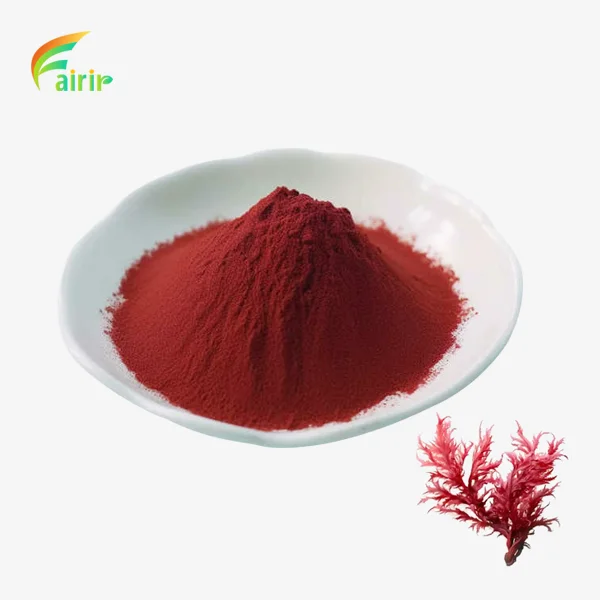
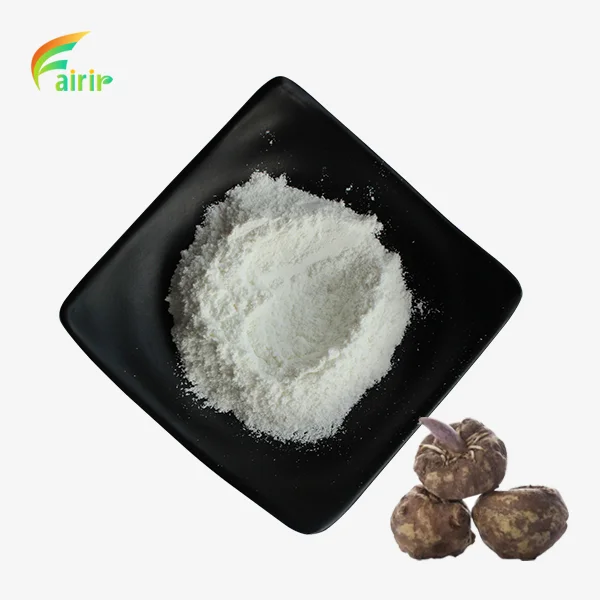






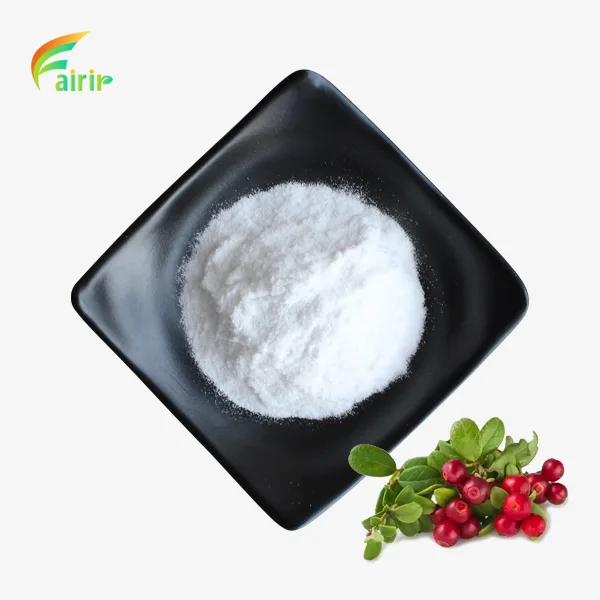
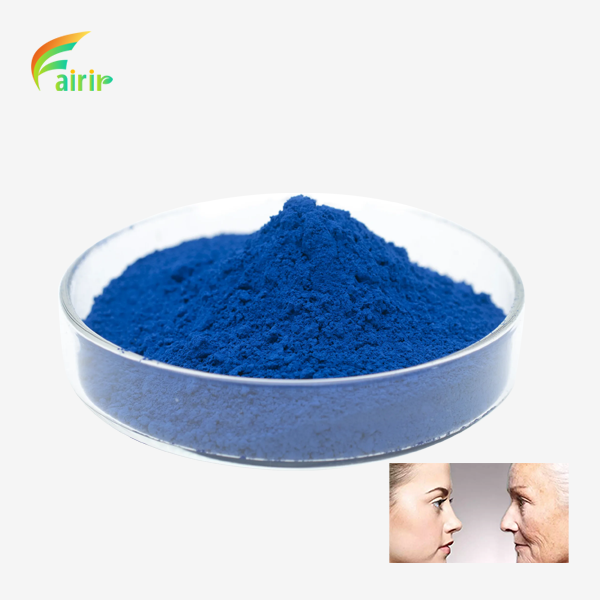


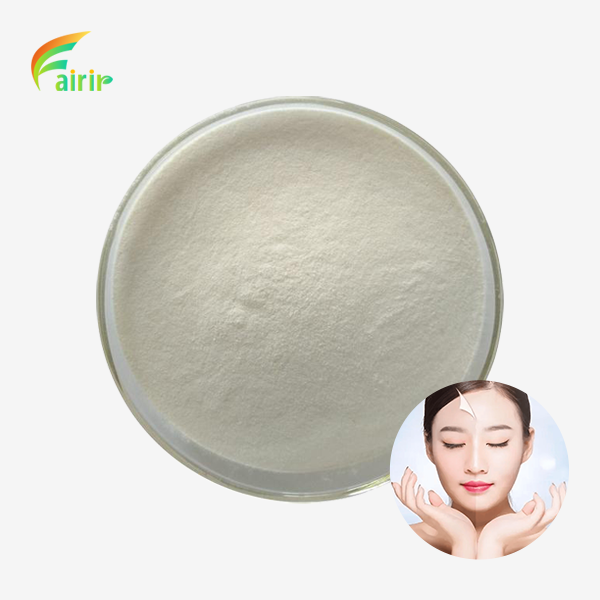

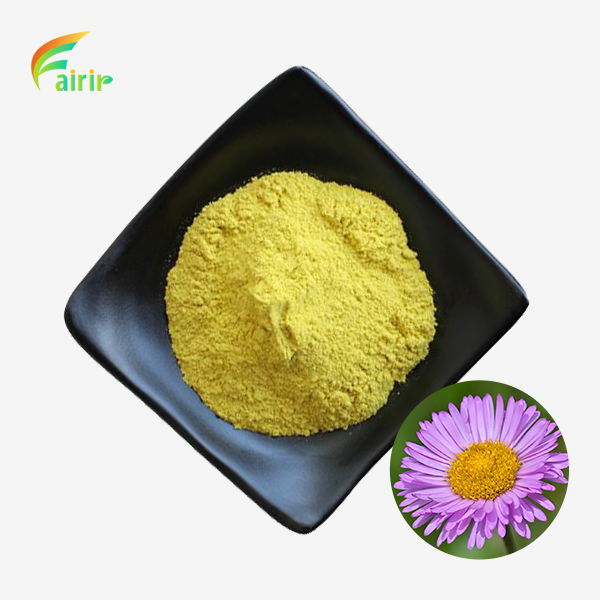

_1751965378790.webp)